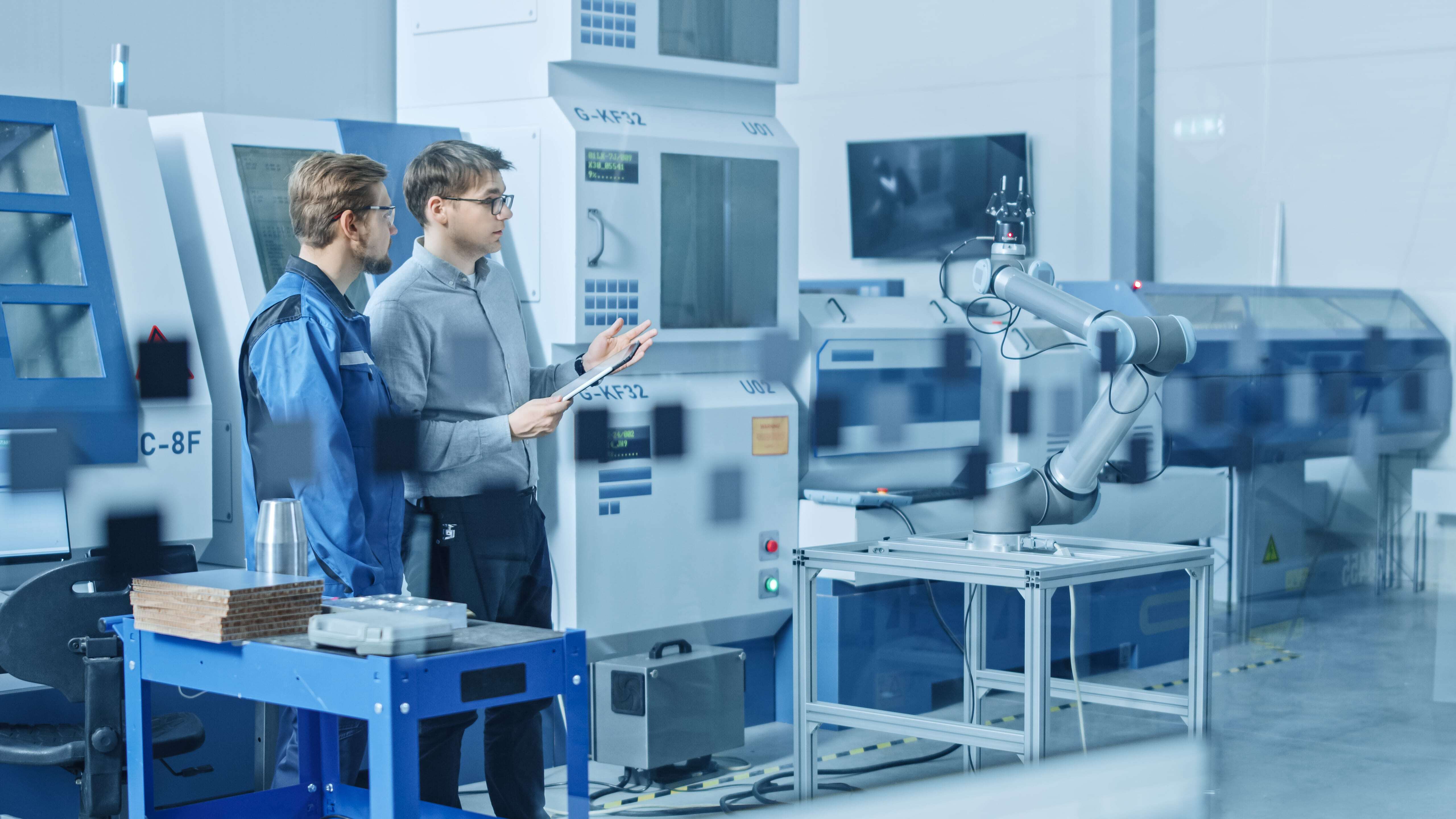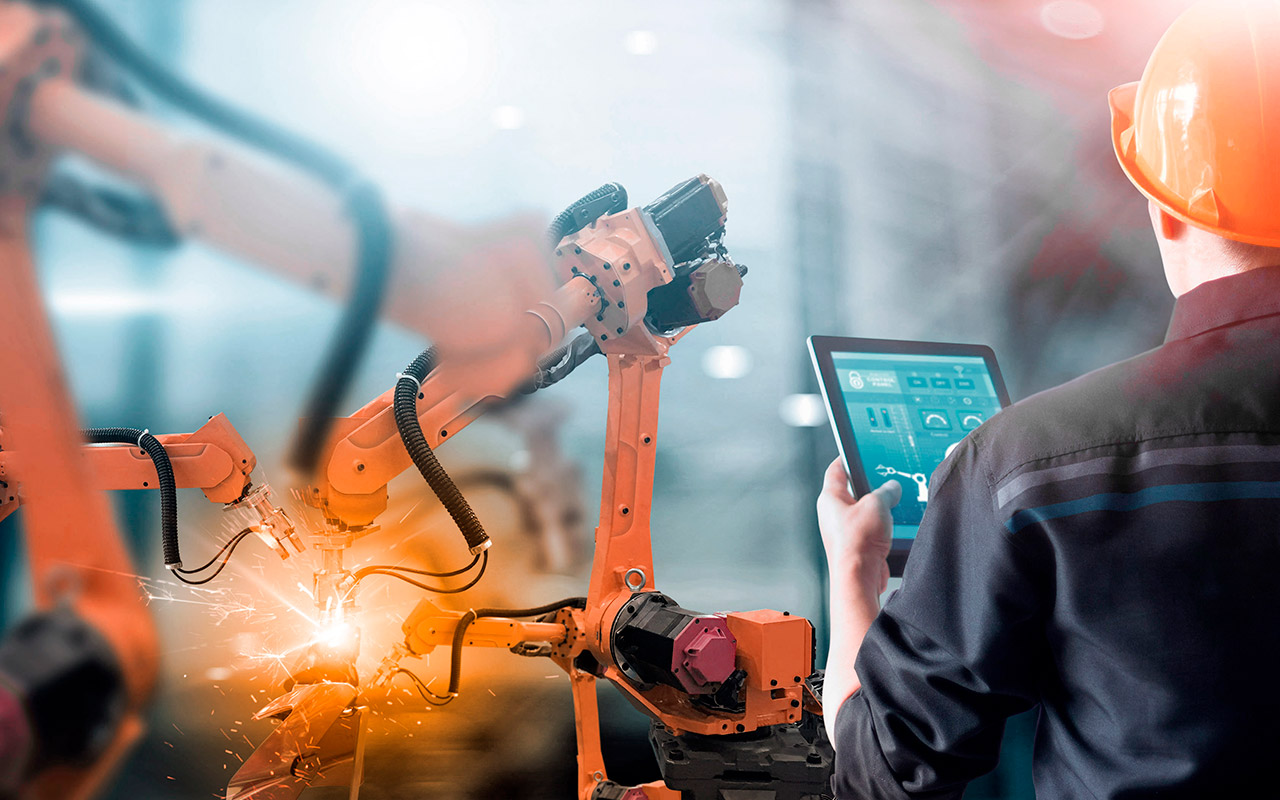20/10/2022
OEE: The key figure for overall asset effectiveness

Overall Equipment Effectiveness (OEE) measures the productivity of a machine, plant or entire production facility. The OEE shows the performance potential of the machine or plant that can be used for the production process. The OEE is not a standardized key figure but is adapted to the application in its calculation; in some cases, the basic figures of the OEE calculation are not easy to record. The key figure must be considered separately for each individual machine or system and, as a purely relative value, cannot be compared with other machines or systems. Thanks to digitization, however, this data can now be documented automatically and the OEE can be calculated and visualized using appropriate software. The OEE calculation consists of the three factors V * L * Q, where V is the availability level, L the performance level and Q the quality level. All three factors are relative numbers, i.e., percentages of a total - which, however, can be different in each case. Thus, a machine with an OEE ratio of 35 percent may actually have reached the absolute maximum of effectiveness.
Availability level - not around the clock
Theoretically, production facilities are available 24 hours a day, 7 days a week. Hardly anywhere, however, is this time used completely. Planned downtimes occur, for example, due to maintenance work, on weekends or during company vacations - or there is simply no work for this machine. The OEE figure does not take these circumstances into account. The degree of availability refers to the ratio of the actual production time to the total possible production time. The 100 percent missing times are those in which the machine is ready for production but is not being used. These can be setup times, unplanned repairs, waiting times for material or removal of finished components.
Performance level - How much is the machine able to do?
The performance level is also a ratio - namely that between the actual and the target performance. The target performance is derived from the capabilities of the equipment, which can be specified by the manufacturer or derived from optimal, similar processes. Actual performance is also relatively easy to measure; it is the total number of parts produced in the actual production time of the defined cycle. This ratio shows whether the machine is achieving the desired performance specified by the manufacturer. Rejected parts are also determined and counted here.
Quality level – what will be the result
The quality level is nothing other than the proportion of good parts in the parts produced; rejects and reworked parts therefore reduce the OEE value. This shows what really "comes out in the end", after all, it is no use producing only a few good parts with a high reject rate.
Recording the values - automated feedback from production helps
All three factors are difficult to measure manually, especially the degree of availability can hardly be recorded without a control system that records and provides the status of the machine. However, the total number of pieces and the number of good parts also have to be counted manually in the worst case, which in turn does not allow efficient recording of the key figure OEE. Digitization helps here by having the machines automatically record the values and report them via network to OEE software, which in turn can calculate the key figure. IoT-networked plants provide such values in real time, so that management and production management are always informed about the instantaneous OEE value. The basis for the calculation of such productivity indicators is the measurement and recording of the machine values. Suitable for this are automatic sensor systems such as those from 3d Signals and oee.ai, which provide sensors and tools for recording corresponding values for Overall Equipment Effectiveness. Equipped with such automatically generated basic figures, the OEE of individual machines, but also of the entire production, can be calculated and visualized continuously and in real time with the corresponding software. In this way, OEE recording makes it possible to identify the machines that are holding up the process or that are not being optimally utilized from the comparison of machines, sequentially running manufacturing processes and the overall view. The production planner can then react accordingly and, for example, add a second machine to the process to resolve a bottleneck caused by two machines working in parallel. Automation, logistics between machines, optimal cycle rates - the possibilities for making manufacturing smoother and more efficient through OEE analysis are numerous.


